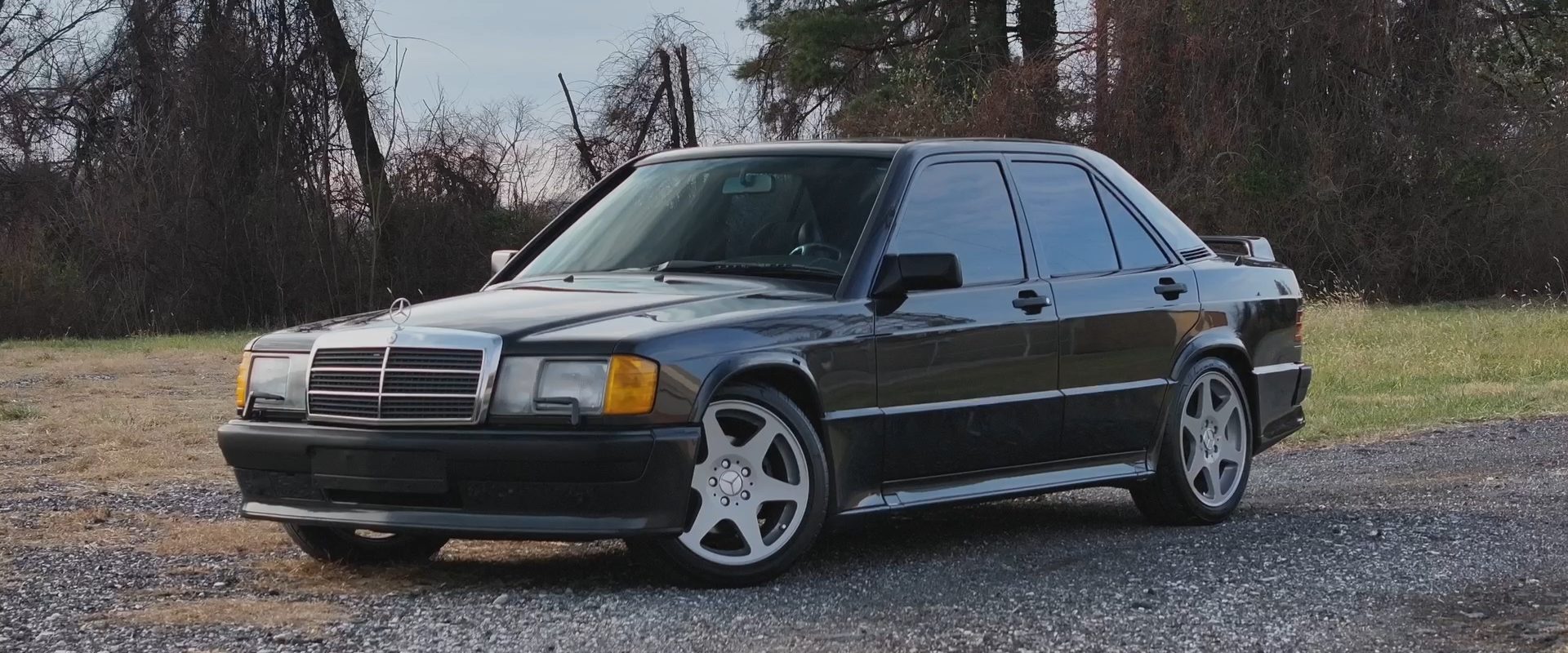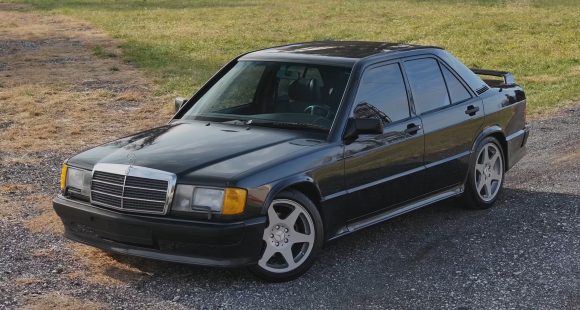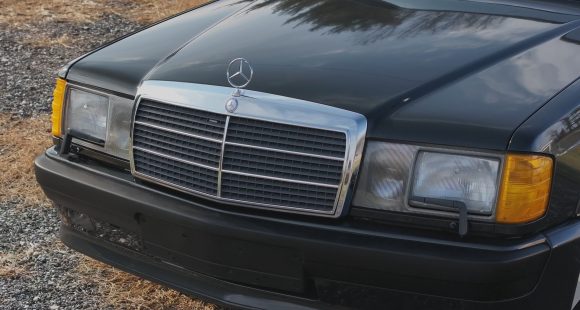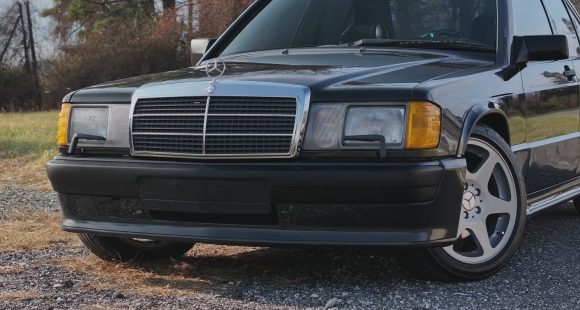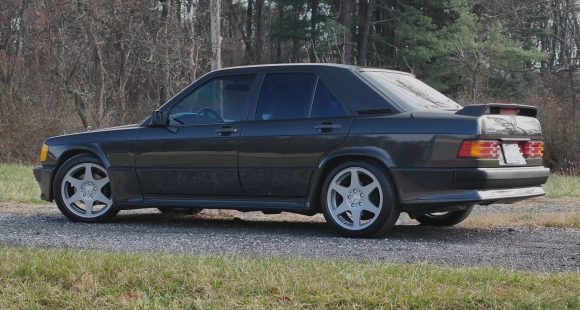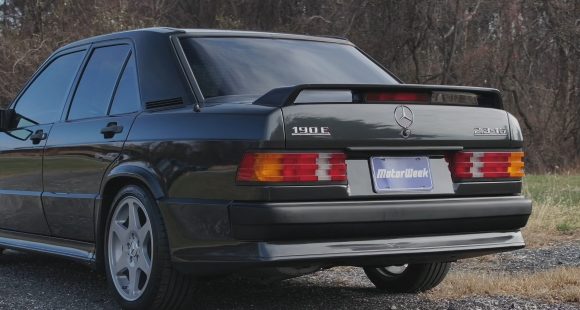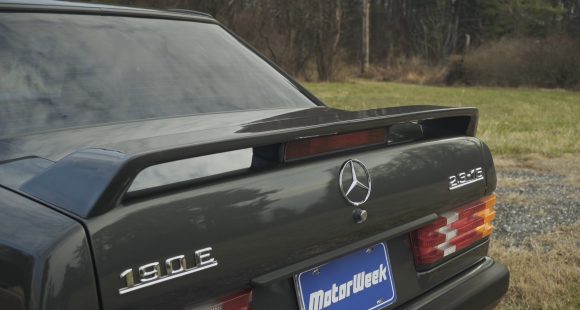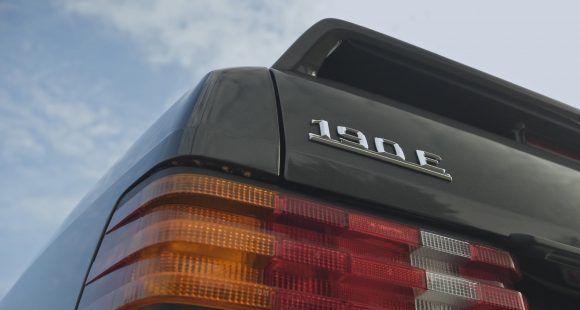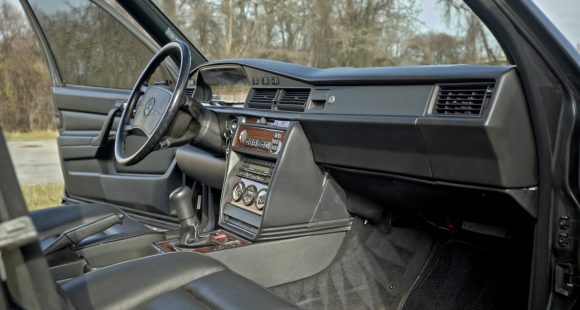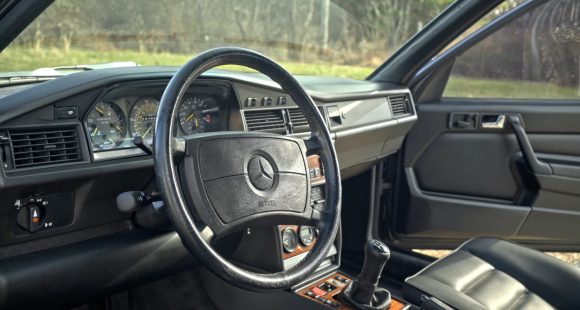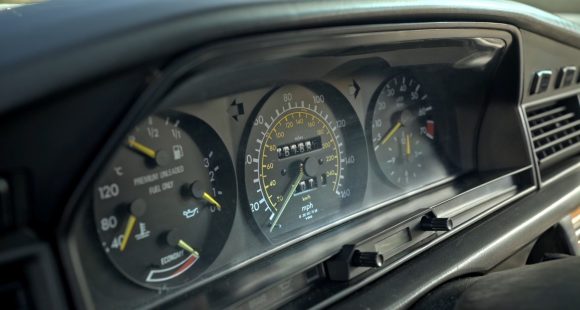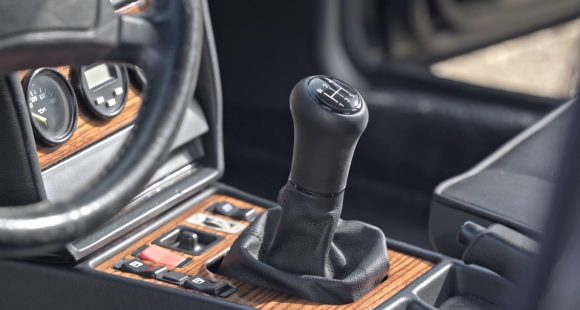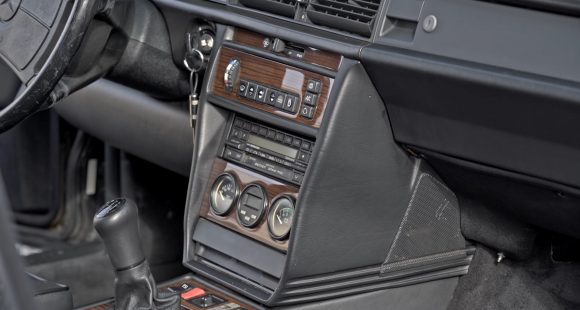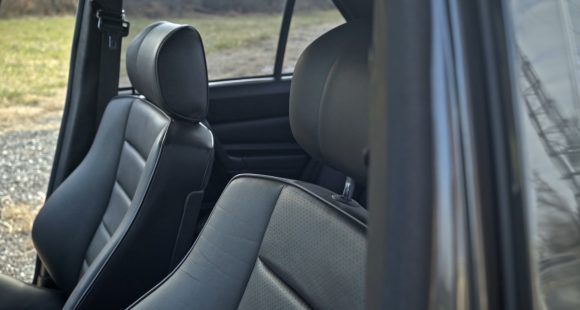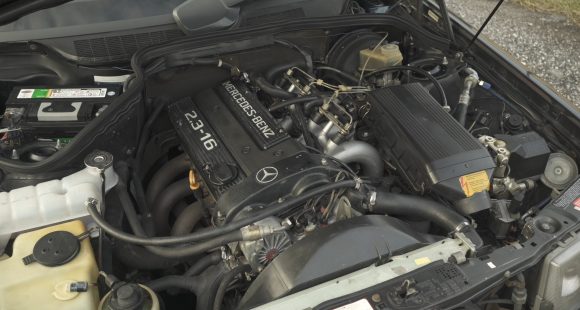1986 Mercedes-Benz 190e 2.3-16
Almost 40 years ago, we test drove the then-new Mercedes 190e 2.3-16, the first in what would become a legendary line of performance-focused sedans from the German auto giant. And at the time, we were thrilled by Benz’s ability to balance speed, practicality and comfort. Little did we know that that 190e would kickstart a legacy of thrilling three-pointed-star sports sedans. But how does that classic saloon stack up four decades later? Well, our Roger Mecca decided to find out.
ROGER MECCA: In the 1980s, before Mercedes became synonymous with the performance sub-brand AMG, the giant car company was known for making luxurious but somewhat unexciting sedans. But that doesn’t mean they were okay with simply letting other brands get all the attention.
Occasionally, Mercedes would shake off their stuffiness and make some truly remarkable cars, like the beautiful 300 SL gullwing, but I don’t even think they predicted what would happen when they debuted this, the 190e 2.3-16 valve.
Jatinder Sehmi is the owner of this 1986 Mercedes-Benz 190e 2.3 16V. He saw his first one at just 8 years old and from then on he was determined to have one. And when he finally did grab a set of keys of his own, he was hooked for life.
JATINDER SEHMI: I will never get rid of it. It’s just… it’s, again, it’s so fun to drive. Every time I get in it I just smile, and I just want to keep those revs up 4,000-6,000. It’s… it’s so fun.
ROGER MECCA: One of the reasons his smile never fades is what older performance cars like the 2.3-16 offers drivers that even today’s most powerful supercars sometimes can’t: a true driving connection.
JATINDER SEHMI: It’s a different type of car. They’re way more fun than nowadays. You’re connected with these. These are analog cars. Those cars have a lot of aids, you feel a little disconnected from the newer stuff, and that’s one of the reasons why cars like this, and any 80s and some 90s cars, put such a smile on your face when you drive them. It’s ’cause you’re connected with the car. You feel at one.
ROGER MECCA: That feeling isn’t an accident when you consider the 2.3-16’s origin story. Mercedes chose the small and sedate 190e as the base for its new rally racer, replacing the 450 SLC. Plans were drawn off to have an outside firm tune the engine to 320 horsepower, a massive number in the early 80s; but before Mercedes could even hit the dirt, Audi unleash the now legendary four-wheel-drive Quattro. Mercedes knew it’s rear-wheel-drive sedan could never keep up. Leadership wanted to scrap the whole thing, but engineers saw the racing potential and convinced executives to enter the car into the DTM German Touring Car Championship. It was a huge success, but more importantly touring car rules dictated that Mercedes had to make the 2.3-16 available to consumers.
Now, you might be wondering “well, where was AMG in all of this,” right? I mean, for the last forty years, if you think about a fast Mercedes you think about AMG. But in the early 1980s, AMG was just another race tuning company. They were completely independent from Mercedes. So, when Mercedes wanted to go after the best of the best tuning companies, they called Cosworth.
The Cosworth relationship was short lived with AMG tuning the 2.3-16 successor, the 2.5-liter, which saw even more power and more modifications. The nearly 9-second 0-60 time isn’t impressive today, but this car was never about speed off the line. The 16-valve inline-four loves to rev, and when it gets going the speed and fun arrive quickly.
There was a perfect little sweet spot in the power band between around four- and seven-thousand rpm where this little Cosworth engine really comes to life, and it makes you want to go faster and drive harder. And thankfully, Mercedes made sure the chassis was up to the task.
In fact, in our 1986 review, we described the ride as firm but never harsh, making it the most nimble Mercedes we’ve ever driven. Mercedes used a then-advanced suspension featuring a five-link rear end with self-leveling shock absorbers, while tightening up everything else from the shocks to the stabilizer bars. They also added a wing, skirts, wheel flares, and attached splitters and an air dam to keep it all planted. Large ventilated ABS brakes were also used, allowing the car to stop remarkably well. Once inside, owners found a dog-leg five-speed shifter with long throws that’s perfectly fine being rushed aggressively. The back seats were just as bolstered as the front, which means that this four-door is strictly a four-seater.
Our original 1986 review stated that the 2.3-16V set a performance precedent for Mercedes. Today, that performance and excitement is still delivering plenty of smiles, proving age really is just a number.




